I have a person table which keeps some personal info. like as table below.
+----+------+----------+----------+--------+
| ID | name | motherID | fatherID | sex |
+----+------+----------+----------+--------+
| 1 | A | NULL | NULL | male |
| 2 | B | NULL | NULL | female |
| 3 | C | 1 | 2 | male |
| 4 | X | NULL | NULL | male |
| 5 | Y | NULL | NULL | female |
| 6 | Z | 5 | 4 | female |
| 7 | T | NULL | NULL | female |
+----+------+----------+----------+--------+
Also I keep marriage relationships between people. Like:
+-----------+--------+
| HusbandID | WifeID |
+-----------+--------+
| 1 | 2 |
| 4 | 5 |
| 1 | 5 |
| 3 | 6 |
+-----------+--------+
With these information we can imagine the relationship graph. Like below;
Question is: How can I get all connected people by giving any of them's ID.
For example;
- When I give ID=1, it should return to me 1,2,3,4,5,6.(order is not important)
- Likewise When I give ID=6, it should return to me 1,2,3,4,5,6.(order is not important)
- Likewise When I give ID=7, it should return to me 7.
Please attention : Person nodes' relationships (edges) may have loop anywhere of graph. Example above shows small part of my data. I mean; person and marriage table may consist thousands of rows and we do not know where loops may occur.
Smilar questions asked in :
PostgreSQL SQL query for traversing an entire undirected graph and returning all edges found http://www.sqlteam.com/forums/topic.asp?TOPIC_ID=118319
But I can't code the working SQL. Thanks in advance. I am using SQL Server.

